Owenduff is an exceptionally attractive and prolific salmon and sea trout fishery. There are abundant stocks of spring salmon, grilse and sea trout. Together with its tributary, the Tarsaghaunmore, All the river is privately owned, except the estuary below the weir at Srahnamanragh Bridge where there is about a mile of free fishing along the left bank. Up river, there are 3 private fisheries and lodges: Lagduff Lodge, Shean Lodge and Rock House near Ballycroy. A limited number of day tickets might be available from the Rock House Fishery.
The Owenduff/Nephin Complex is one of the best and largest examples of intact blanket bog in the country.The range and quality of habitats present here is excellent, and a number of rare and protected plant and animal species occur.The Owenduff River system is the largest in the country which remains virtually free of conifer plantations.
The site is a striking wilderness of bog and mountain, a unique landscape which is of international ecological importance.
Ballycroy National Park was established in November 1998, it is Ireland’s sixth National Park and is located on the Western seaboard in northwest Mayo. It comprises of 11,000 hectares of Atlantic blanket bog and mountainous terrain, covering a vast uninhabited and unspoilt wilderness dominated by the Nephin Beg mountain range.
To the west of the mountains is the Owenduff bog. This is one of the last intact active blanket bog systems in Ireland and Western Europe and is an important scientific and scenic feature of the National Park. The Park also protects a variety of other important habitats and species. These include alpine heath, upland grassland, heath and lakes and river catchments. Greenland White-fronted geese, Golden plover, Red Grouse and Otters are just some of the important fauna found within the Park. The National Park is itself part of the Owenduff/Nephin Complex Special Area of Conservation (SAC) and Special Protection Area (SPA). These European designations are part of the Natura 2000 Network, which protect rare and important habitats and species under the EU Habitats and Birds Directive.
Source: SITE SYNOPSIS Department of Arts Heritage and the Gaeltacht and Ballycrroy National Park web site











